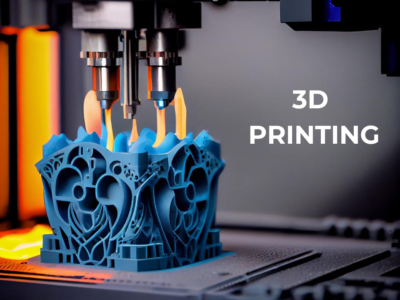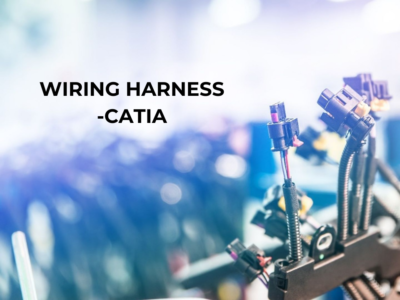Introduction to CATIA
CATIA (Computer-Aided Three-dimensional Interactive Application) is a multifaceted software suite widely recognized for its robust capabilities in mechanical engineering. Developed by Dassault Systèmes, CATIA provides a comprehensive solution for product design and innovation, making it an industry standard among mechanical engineers and designers.
Key Features of CATIA for Mechanical Engineering
CATIA is renowned for its extensive array of tools and functionalities tailored specifically for mechanical engineering applications. Its features include parametric and non-parametric modeling, advanced surface design, and comprehensive simulation tools. These capabilities enable engineers to create precise and complex geometries, facilitating the development of innovative mechanical products.
Benefits of Using CATIA in Mechanical Projects
The adoption of CATIA in mechanical engineering projects offers numerous benefits. Firstly, its integrated design and simulation environment enhances collaboration and efficiency. Secondly, the software’s robust modeling tools ensure high precision and reliability in the creation of mechanical components. Lastly, CATIA’s ability to handle large assemblies and complex projects makes it an indispensable tool for mechanical engineers aiming to push the boundaries of design and functionality.
Conclusion
CATIA stands out as a premier choice for mechanical engineering professionals, offering a rich set of features and unmatched capabilities. Its ability to streamline the design process and improve collaboration makes it a vital asset in the mechanical engineering landscape. By leveraging CATIA, engineers can unlock new levels of innovation and efficiency in their projects.
Course Features
- Lectures 143
- Quiz 0
- Duration 4 weeks
- Skill level All levels
- Language English
- Students 0
- Certificate No
- Assessments Self






